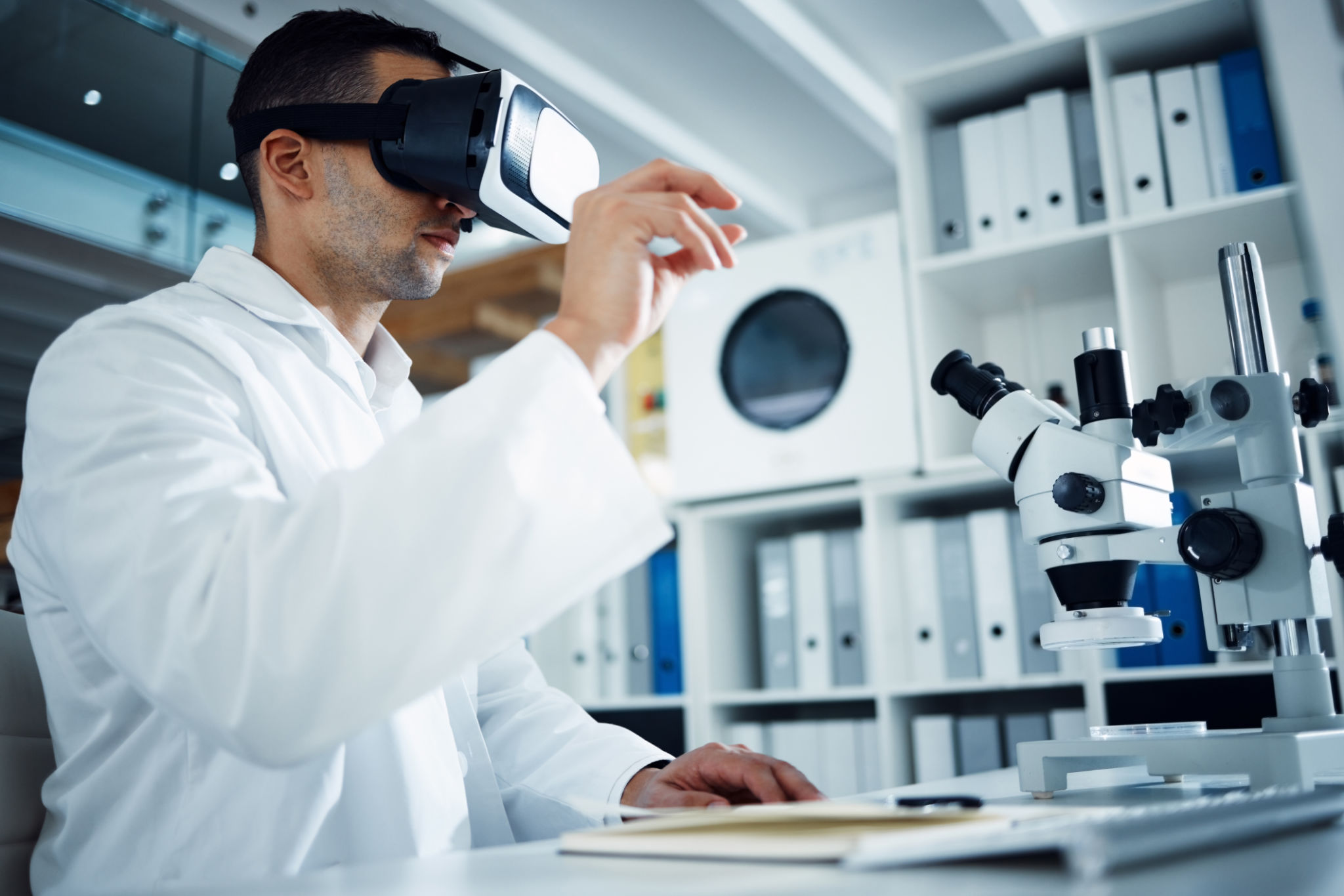The Future of Audio Production: Emerging Trends and Technologies
PP
The Rise of Spatial Audio
As technology continues to evolve, one of the most exciting developments in the world of audio production is the rise of spatial audio. This technology aims to create a more immersive listening experience by simulating a 360-degree sound environment. Unlike traditional stereo sound, which is limited to left and right channels, spatial audio allows for the placement of sound sources around the listener, mimicking how we perceive sound in real life.
With the growing popularity of virtual and augmented reality platforms, spatial audio is becoming increasingly important. It enhances the realism and depth of virtual environments, making experiences more engaging for users. As more content creators adopt this technology, we can expect to see significant advancements in how audio is produced and consumed.

AI-Powered Audio Tools
Artificial Intelligence (AI) is revolutionizing many industries, and audio production is no exception. AI-powered tools are being developed to assist with various aspects of audio production, from music composition to sound engineering. These tools can analyze audio data, suggest improvements, and even automate complex processes that traditionally required skilled professionals.
For instance, AI algorithms can now generate music tracks based on specific parameters set by the user. This opens up new possibilities for musicians and producers, allowing them to explore creative ideas more efficiently. Additionally, AI-driven tools can enhance audio quality by reducing noise and optimizing sound levels in recordings.

Cloud-Based Collaboration
The shift towards cloud-based solutions is another emerging trend in audio production. With internet connectivity becoming faster and more reliable, cloud platforms enable seamless collaboration between artists, producers, and engineers from different locations. This has transformed the way music and audio projects are managed and produced.
Cloud-based collaboration tools offer real-time editing capabilities, version control, and easy access to project files. This not only speeds up the production process but also allows for greater creative input from team members regardless of their geographical location. As these platforms continue to evolve, we can expect even more innovative features tailored to the needs of audio professionals.

Advancements in Audio Hardware
While software innovations are reshaping the audio production landscape, advancements in hardware are equally significant. New audio interfaces, microphones, and headphones are enhancing sound quality and providing more options for producers. High-resolution audio equipment is becoming more accessible, allowing even amateur producers to achieve professional-level results.
The development of portable recording devices has also made it easier for creators to capture high-quality audio on the go. This flexibility is particularly beneficial for podcasters and independent musicians who need to record outside of traditional studio settings. As hardware continues to improve, it will further democratize access to professional audio production tools.
The Role of Virtual Instruments
Virtual instruments have been a staple in digital audio workstations for years, but recent advancements have made them more realistic and versatile than ever before. These software-based instruments simulate the sound of traditional instruments, offering an extensive range of tones and styles. Recent developments have focused on improving the authenticity and responsiveness of these virtual instruments.
Using virtual instruments allows producers to experiment with sounds that might be difficult or expensive to access otherwise. They also provide musicians with the ability to create complex compositions without needing a full orchestra or band. As technology continues to advance, virtual instruments will become even more integral to modern music production.

Conclusion
The future of audio production is undoubtedly exciting, with numerous emerging trends and technologies poised to reshape the industry. From spatial audio to AI-driven tools and cloud-based collaboration, these innovations promise to enhance creativity and efficiency for audio professionals. As these technologies continue to develop, they will open up new possibilities for artists and producers worldwide, leading to richer and more immersive audio experiences for listeners everywhere.